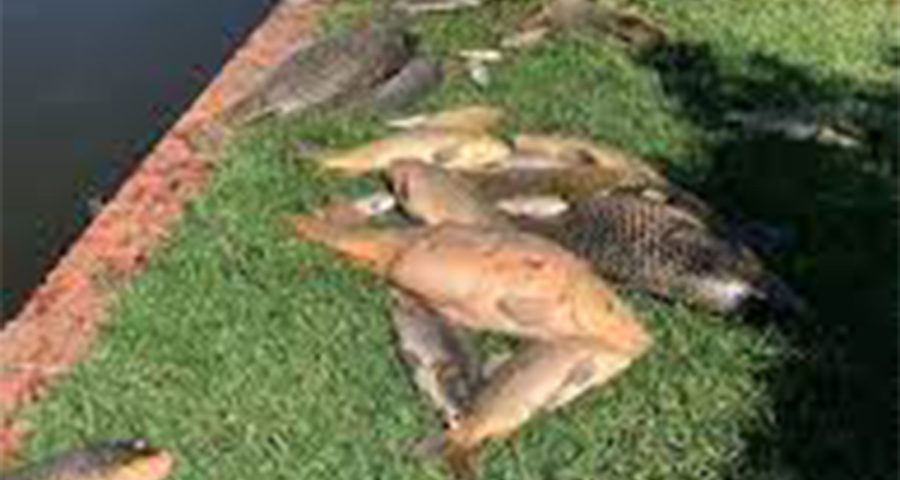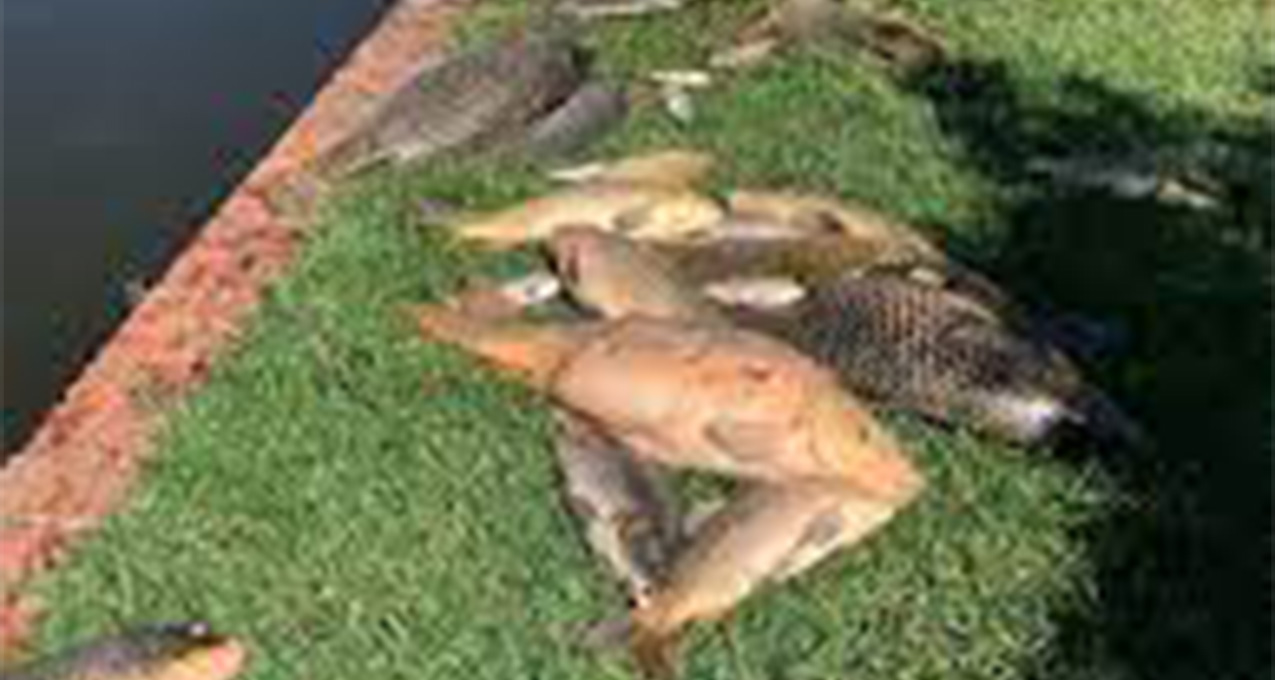
Fish deaths at Hartbeespoort Dam due to extremely low oxygen levels
Investigations conducted by the Department of Water and Sanitation (DWS) has revealed that the fish that died on 11 April at the Hartbeespoort Dam, was due to extremely low oxygen levels in the dam. This comes after thousands of dead fish among the hyacinth were discovered closer to the shore by the Ifafi Aquatic Club […]

Investigations conducted by the Department of Water and Sanitation (DWS) has revealed that the fish that died on 11 April at the Hartbeespoort Dam, was due to extremely low oxygen levels in the dam.
This comes after thousands of dead fish among the hyacinth were discovered closer to the shore by the Ifafi Aquatic Club and the Schoemansville Oewer Club members.
The department’s probe involved taking samples at four different sites of the dam. These include the dam edge near the overgrown hyacinth, 60 metres away from the edges, Ifafi Aquatic Club jetty and near the Ifafi Aquatic Club.
The results, the department said, revealed that excessive algal growth caused by high nutrients, that is the phosphorus and nitrogen content levels in the water, led to oxygen depletion and fish mortality.
“The occurrence of low oxygen concentration in water is typical in sewage-contaminated systems with high organic matter and could not be attributed to high water temperatures given the average temperature of 22 degrees Celsius at the time of sampling.”
To address the hyacinth and algal growth at the dam, the DWS has recently appointed Magalies Water for three years to develop and implement a programme that will deal with the invasive plant and the algae that are infesting the dam.
“The entity is expected to develop a resource management and remediation plan to address the poor water quality, minimise and control the plant and algal growth in the dam and the upstream catchment, which lead to its pollution and compromises water quality and use of the dam,” the department explained.
The team has also been tasked to develop a short-term intervention plan to remove the hyacinth, review the algal management strategy and develop a catchment management plan to address the receiving of water into the dam from the upper catchment.
[Read] Investigations conducted by the Department of Water and Sanitation (DWS) has revealed that the fish that died on 11 April at the Hartbeespoort Dam, was due to extremely low oxygen levels in the dam https://t.co/xTHTKSHfI6 pic.twitter.com/9fWLIi8SVe
— @SAgovnews (@SAgovnews) April 26, 2023
“The plan will also involve the repurposing and readapting of the Metsi a Me programme to focus on the upper catchment which is contributing to the eutrophication of the dam.”
The programme is expected to start by mid-May and will incorporate the Biological Control Programme managed by the Department of Forestry, Fisheries and Environment (DFFE). – SAnews.go.za
